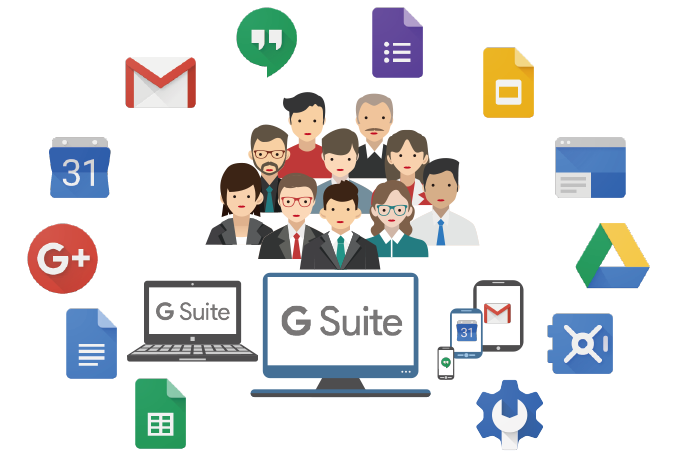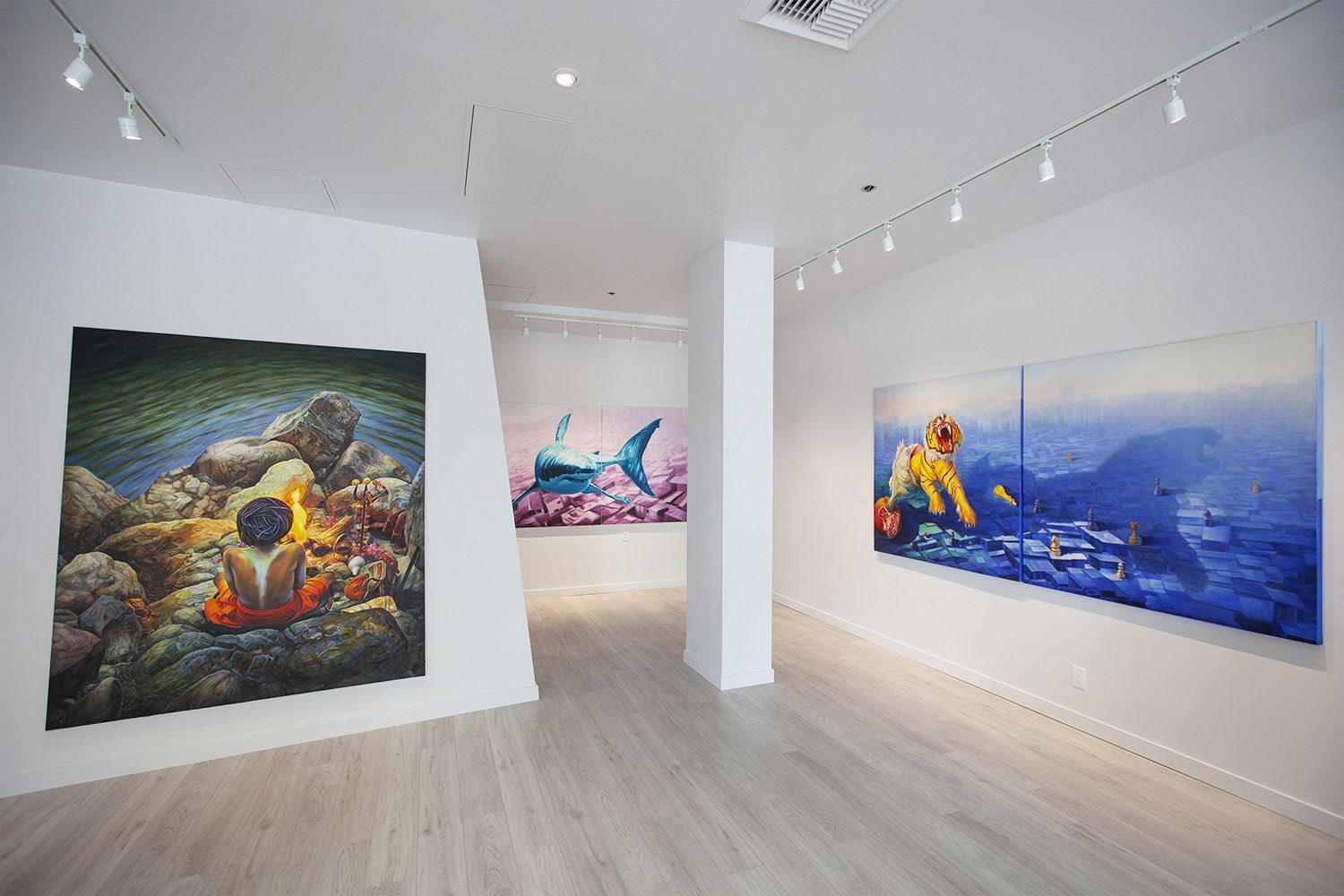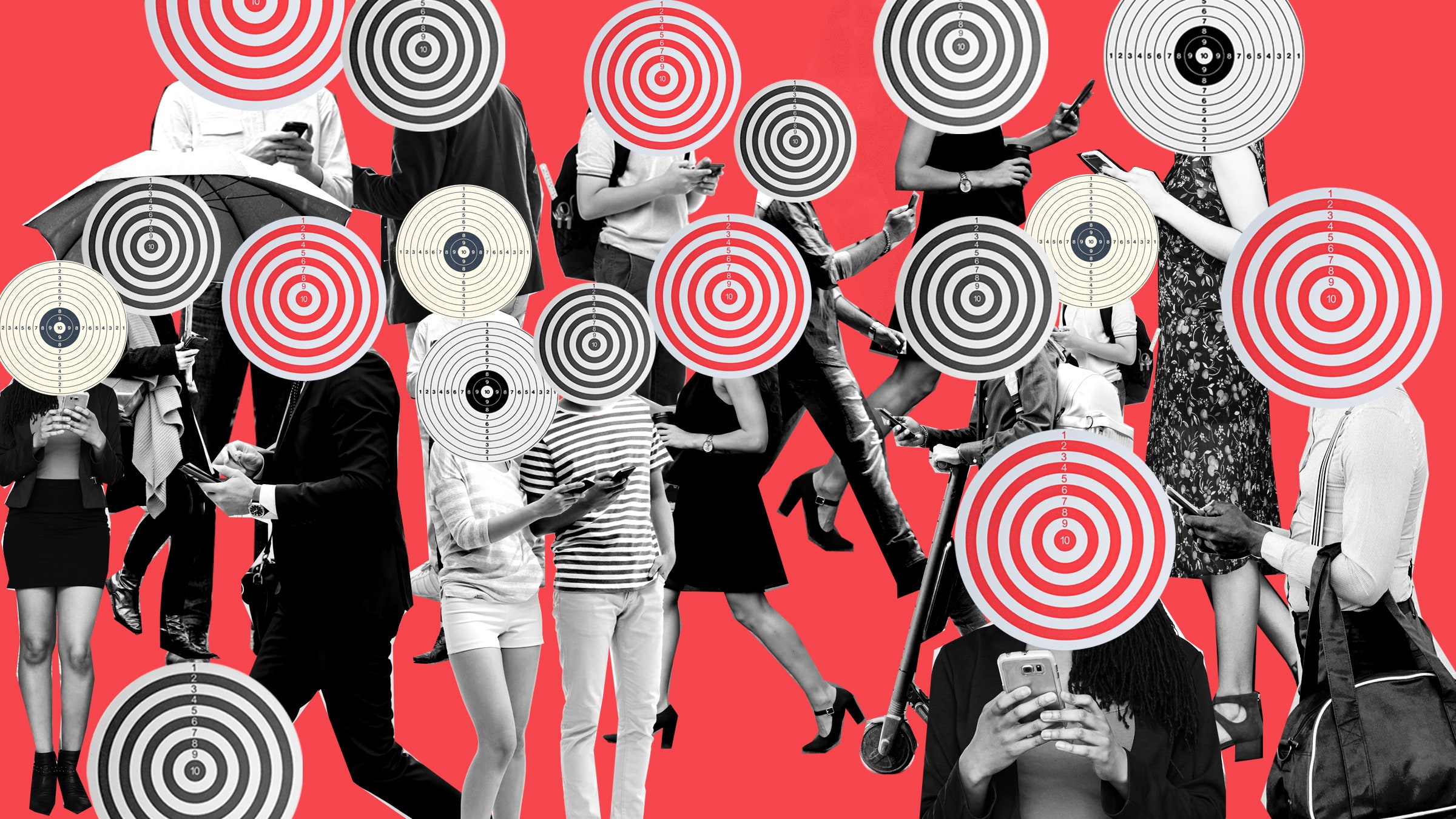7/27
7/22
Choose a favorite video game from your childhood and apply a brief game analysis as described in section 7.2 of the Digital Games chapter. What about the technology of the time made the game leave such an impression on you?
Looking back on my childhood, two distinct games come to mind. They are Neopets and Adventure Quest Worlds. For the sake of this discussion I will be talking about Adventure Quest Worlds, (AQW), but Neopets was probably the “OG” browser/flash game for many kids in my generation, and I still see memes time to time referencing it. However, AQW provided a more complete experience of the four C’s Darran Jamieson coined for games.
Challenge: AQW regularly set up events for players to participate in, with the storyline often culminating in a boss fight or special event. This, alongside completing normal sidequests or storylines, gives players a sense of purpose and direction to take when playing the game.
Choice: AQW is a MMORPG (massively multiplayer online role playing game) and has a large explorable world with many different storylines to follow. This gives the player a multitude of choices, whether it is places to visit or quests to complete, AQW has something for everyone.
Change: As mentioned in Challenge, AQW is regularly updated with new storylines or sagas to complete. This gives players a reason to come back to play and offers a refreshed experience.
Chance: Even more common in today’s games than in AQW, cosmetic items or powerful gear can be found across the map and from completing quests. The opportunity to find this gear and gain power gives many players a compelling reason to keep playing.
View Post7/20
Do you think that big data and data analytics introduce real threats to human culture or do they promise revolutionary changes that will ultimately benefit human life? What can we do to ensure that our digital technologies work to improve human and nonhuman lives?
The collection of people’s data certainly can introduce real threats to everyone’s lives. When ads, search results, and social circles are being pre-determined for people whenever they use the internet, alarm bells should start to ring. There is no free internet or universality if curated results are being displayed to you based off of a brand or politician’s monetary or political interests.
Collection of user data can bring quality of life updates to apps such as Google Maps. However while being able to display real time traffic is a great feature, why should it come at the expense of letting a company collect data about our personal lives? People freely voicing their opinions online are exposing themselves to companies that will take their data and show them messaging against their own opinion. All this in an effort to change that person’s mind because somebody is financially or politically motivated enough to pay the company to do it.
As humanity continues to progress through the information era, all of us should be more vigilant about the ads or posts we see and why we are being shown them.
View Post7/15
Write a blog post about being in two places at once in the digital age. How has this “virtuality” changed our ideas of self, society and community? How might VR social media impact our embodied relationships? If you were going to design a VR social media platform what would it be like? What concerns and/or hopes do you have about the future of a virtual social life?
I believe that virtuality has made people more comfortable to express themselves and be themselves than ever before. The Second Life documentary showed us that many people often view their online personalities or personas are an extension of themselves and they can create just as meaningful of relationships online as they can in person. Many people find it easier to open up to strangers online than people in real life and as a result, virtuality has allowed connections that have influenced millions of people which would not have otherwise occurred. Today, the word community can take on many meanings which are not exclusive to physical locations. Online forums, games, podcasts or talk shows all have their own communities where people can connect just as substantially as pre-internet communities.

That being said, I am concerned as technology advances that deepfake videos have the potential to ruin the trust people put into their online communities and groups. Thankfully it seems that there has been research put towards detecting deepfakes but it still should be something that people should be wary about especially since many deepfakes are created with the intent to spread misinformation or slander others.
Watch this 30 second video about misinformation
View Post7/8
Digital technology easily remediates the narrative arts of all other media (radio, movies, tv, fiction), but it also introduces new possibilities that may challenge our very notions of narrative – that a story needs a beginning, middle and end, for example. Which of the above digital texts engage you most and why? Discuss how we can approach new digital works that present stories in unfamiliar and challenging ways. What are your thoughts/experiences of how the digital, hyperlinks and the web are changing the art of storytelling.
This was my first time reading a digital work and I was not entirely convinced it would be something I would want to try again. That being said, I found CityFish to be the most engaging out of the stories I read, it seemed to be the most linear which made it the easiest to digest and understand. I also liked that because the story was not based on hyperlinks, I could go back and re-read previous paragraphs. I think this was the most important factor for me; when reading digital texts, the story often jumps around (literally) and the ability to easily re-read is so important to gaining a better understanding of the author’s message. When I read My boyfriend came back from the war and How to Rob a Bank, I felt like I didn’t not understand what was going on, or even that I had missed parts of the story.
View PostMosaic Project
7/6
Vannevar Bush and Ted Nelson were visionary thinkers seeking solutions to the problems of information overload and hierarchical storage systems that seemed to stifle human creativity and associative thought. Now that we have the World Wide Web, in what ways have these visions of Bush and Nelson been realized? What remains unrealized?
Since the creation of the world wide web, Vannevar Bush’s and Ted Nelson’s visions have missed the mark while other visions have been realized. Because the web is so complex now, it would have been entirely impossible for them to predict what the internet would turn into, yet still Bush and Nelson’s ideas have wielded influence on the internet’s outcome.
Vannevar Bush who created the hypothetical memex machine follows the idea of associative trails. The notion of associative trails mirror the way our brain works, and Bush’s memex machine aimed to capture this. By storing thoughts, annotations, and ideas it would allow the user to quickly reference past ideas by looking up a topic. There are similarities to this in the modern day internet where people can search version histories and review notes on interconnected cloud software such as Microsoft Word or Google Docs but no such physical version exists. It would be interesting to see how Vannevar Bush would have approached the internet today and if he would prefer a dedicated machine to do this or if he would happy with software.

A large focus of Ted Nelson’s life was dedicated to “Project Xanadu”, a digital database that allowed users to publish documents electronically across the world. A key component of this project centered around the way documents could be traced. As people edited or updated documents, other users could compare version history side by side. This let the origins of quotes be easily accessible along with who said or edited them and when. Nelson wanted Project Xanadu to be a “..valid copyright system, a literary legal and business arrangement for frictionless, non-negotiated quotation at any time and in any amount”. As Nelson has regrettably witnessed, the internet did not end up this way, and as such his vision for Project Xanadu has never seen widespread adaptation.
View Post
We need education reform
7/1 Blog Post
What do you think are the consequences of digital reproduction on cultural expression today?
Digital reproduction has increased the rate at which art and ideas are spread by magnitudes. This sudden explosion of information means our culture changes dramatically quicker than before. A movement like #BLM has drawn crowds and media faster than any other similar movement before the digital age. Millions of people have been able to share similar ideas than ever before as a result.
How does the culture of remix confirm or refute Benjamin’s ideas?
Benjamin’s ideas around the diminished value of an artwork as a result of the culture of remix can be refuted by following example.
In music samples and remixes songs will almost always credit the original artist or song in the new title. By doing this they give credit and share the original song with their audience, who is then given exposure to the ideas and values of the first artist’s song should they choose to seek out what the remix was based on.
Spotify’s top remix list displaying original song titles and who the remix is by.
According to Benjamin, how does mechanical reproduction change culture?
During the start of the COVID-19 pandemic many spin pieces and harmful memes emerged from anti-vaxxers spreading the idea that coronavirus was a hoax, COVID-19 vaccines were dangerous, and people should not get them. These memes were copied and pasted across the nation and the once small group of anti-vaxxers suddenly swelled as people began to be swept up by their propaganda about the pandemic and vaccine efforts. Digital reproduction has certainly made a positive impact on our cultural expression in many ways; however as evidenced above, because the rapid spread of such controversial ideologies through mechanical reproduction on social media, digital reproduction also has its detriments. Because nearly everybody has the capacity to copy someone’s words and misconstrue them into a negative piece or meme mechanical reproduction has definitely played a part in creating “alternative facts” in changing our culture.
Can a digital work have anything like an “aura?
I believe that digital work can have an aura. While the aura of a digital artifacts may not have the same longevity as a physical one, like Mona Lisa, certainly digital works carry meaning and persuade and inspire their audiences. An excellent example of this would be video game characters. Game design is art, and the characters within it influence hundreds of thousands of people through reproductions, cosplays, fan art, and more. Like an aura, characters go through time and build more lore, giving them more meaning and depth to their fans.
The original artwork for Pikachu, an electric mouse from the game Pokemon. Pikachu, the mascot of this game, has spawned a long running anime, and turned Pokemon into the highest grossing media franchise in existence.
View PostThe Medium is the Massage
The Medium is the Massage uses an unconventional style to illustrate McLuhan’s point that the medium chosen to communicate a message can often hold as much value or meaning as the message itself. As such, the way his book is illustrated highlights this idea. By introducing a novel way of reading, McLuhan’s readers forget what they know about disseminating information from normal books and are forced to study and study his words more closely.
McLuhan’s thoughts on the differences between print culture and television and mass media are found on page 66. He believed that television demanded your whole being to be involved and participating, like a ritual process. There is no longer time for narrative forms
Manovich’s 5 principles of “new media”
Numerical representation shows in all digital art. New media is algorithmic, programable. It can be read by computers and humans alike, even manipulated.
Modularity is depicted by pixels on a screen. All these individual objects come together to form an image or text, and can be broken up and re-arranged.
Automation means “human intentionality can be removed from the creative process, at least in part” (Manovich). Where “old” media was entirely intentional, every brush stroke, hammer chisel, etc., humans have allowed for the automation of various operations including manipulation and access of media.
Similar to modularity, variability in new media objects means a single piece of art can exist is different forms, after being copied, distorted, rearranged. This is a result of new media being made from code and numeric values.
Finally, transcoding is the way that new media becomes translated across different formats. From a video, to gif, to still image, to becoming photoshopped, new media is subjugated to being changed at anyone’s whim, to make it easier to digest and be understood across cultures.
View PostCOVID Meme
Digital Technology as an unique medium
What about digital technology makes it a unique tool or medium in human history?
Digital technology has allowed millions more people than ever before to have access in creating art and content. In classical society, owning or commissioning art was often just for the wealthy elites. Creating art required a very specific skill set, one that many artists spent their whole lives mastering. As time progressed, art slowly disseminated into something that everyone could enjoy, but still many lacked the skill or resources required to paint, sculpt, etc. With digital tools, nearly anyone can look up tutorials and then find a medium (photoshop, tiktok, premiere pro) to execute their ideas.

This effect is further compounded by the rate we view content created by digital technology. Before the internet, museums were often the only way to view art. They were the destination. But now, the art or content is oftentimes the destination itself. We have don’t look up Louvre to find pictures of the Mona Lisa. Just the same, when we open instagram or TikTok people are not looking for anything specific, rather people just want to see content.

(nybgallery.com)
Like we discussed in class on the 22nd, there are times where we can spend hours and hours viewing hundreds of different videos and pictures. The amount of content that is created everyday is astounding. If you were to go to an independent art gallery in person and view the art the same way you would look at pictures on instagram it would probably take you less than 10 minutes to finish their whole collection. That speaks volumes to the differences between physical art and how digital technology has shaped how quickly we create using different mediums and how they are shared amongst people.
View PostIntroduction
Hi everyone, my name is Conner Coady. I go to the Vancouver campus and I have a small background in digital art that I am hoping to grow.
- Your major: I am a strategic communications major and a DTC minor. I also learning how to get my social media certificate.
- What is your interest in digital media?: I really enjoy creating engaging content through programs like Figma, Illustrator, and Photoshop. It is a great way to supplement and enhance your communication skills.
- PC, MAC or both?: I like playing video games so I personally use a PC.







